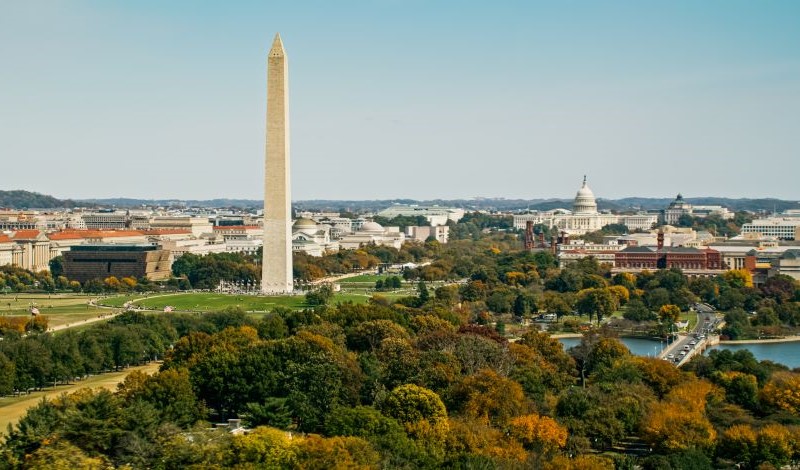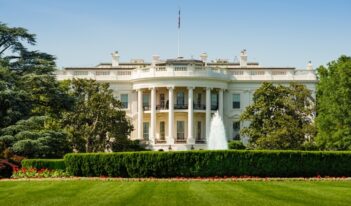
The Trump Administration might alter the trajectory of the history Graham provides.
Professor John Graham may be underselling his book by titling it Regulatory Reform from Nixon to Biden. In fact, it is much more a history of the regulatory state in the United States over the past 50 years. His decision to include substantive regulatory developments under the heading “regulatory reform” means that his readers get a rather comprehensive picture of all regulatory developments since social regulation began to explode in the early 1970s. I can easily see using Graham’s book as a textbook in courses on regulation.
One of the main themes in the book is continuity. This theme holds up particularly well for the first nine chapters and through the presidency of Barack Obama. Republican Presidents generally prefer deregulation—although President George H.W. Bush’s support of the Clean Air Act and Americans with Disabilities Act provide an exception—and Democrats prefer regulation—although President Jimmy Carter’s support of deregulation of airlines and trucking provide an exception. Presidents of all ideological stripes strive to increase presidential oversight over regulatory agencies and support cost-benefit analysis and retrospective review but not so ardently as to compromise their substantive preferences for policy outcomes.
And while there are exceptions, the substantive reversals from administration to administration were limited throughout this period. Many of the regulations issued in the 1970s remain on the books 50 years later—which also points to the limited use of retrospective review. Like the legislative process, the regulatory process has become cumbersome, which means that reversing regulatory decisions of predecessors takes up effort that could be used pursuing a President’s own goals. The result was a reasonably stable regulatory state.
Then President Donald J. Trump assumed office in 2017. Graham captures the change nicely in his Table 12.4, in which he shows 11 examples of Obama Administration regulations that were replaced or repealed by the Trump Administration. In addition, the Trump Administration largely abandoned cost-benefit analysis in favor of President Trump’s two-for-one order, which requires agencies to repeal two regulations for every new one that they issue, and imposed a regulatory budget. The Trump Administration also marked the first large scale usage of the Congressional Review Act to repeal regulations from the preceding administration.
The Biden Administration, also as reflected in Graham’s Table 12.4, then largely reversed many of the Trump Administration’s regulatory repeals—and many of its non-repeal regulatory efforts as well. Although the Biden Administration largely re-embraced cost-benefit analysis, it made the most significant changes to governmental cost-benefit methodology in decades by significantly lowering the discount rate used to calculate future benefits of regulation and requiring more detailed distributional analysis of regulatory impacts. These methodological revisions have already been repealed by the second Trump Administration.
So does the first Trump Administration mark the end of an era in regulatory policy? There are certainly arguments that it does not. With Cary Coglianese and Natasha Sarin, I argued that most of the Trump’s Administration claims about being uniquely deregulatory were significantly overblown. And the Biden Administration certainly engaged in many regulatory activities that would fit well within the pattern of the Nixon-Obama era.
But something certainly feels different now. Admittedly I have the advantage of writing in the first weeks of the second Trump Administration. But from this vantage point, it is clear that the long-term role of regulatory agencies in U.S. governance is very much up in the air. Of course, however, I do not have the advantage of knowing how the Trump Administration’s attempt to undo civil service protections and ignore statutory requirements will turn out.
Clearly the forces that created the regulatory state and sustained it for more than 55 years will not simply fade away in the face of the challenges to administrative infrastructure. However, whatever the second Trump Administration accomplishes in its attempted “deconstruction of the administrative state,” even the attempts are markedly different than what came before 2017. And if more traditional Presidents succeed President Trump, they will likely both focus on reversing the Trump Administration successes in this area, and in doing so, they will have to decide whether returning to the Nixon-Obama era is something they want to prioritize.
Whatever happens, Graham’s book will serve as an excellent history, but perhaps of a time gone by.
This essay is part of a series, titled “Presidential Legacies of Regulatory Reform.”




